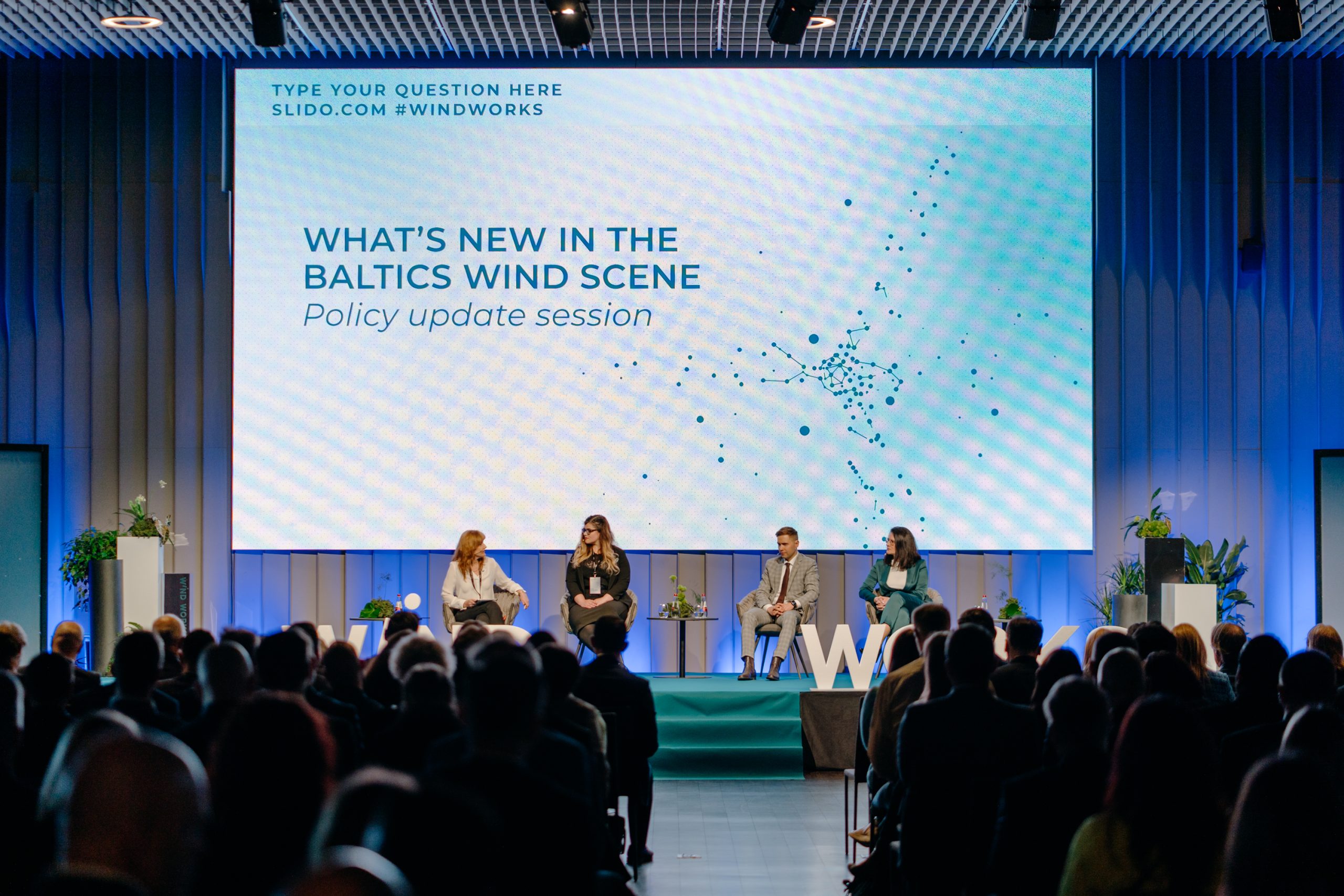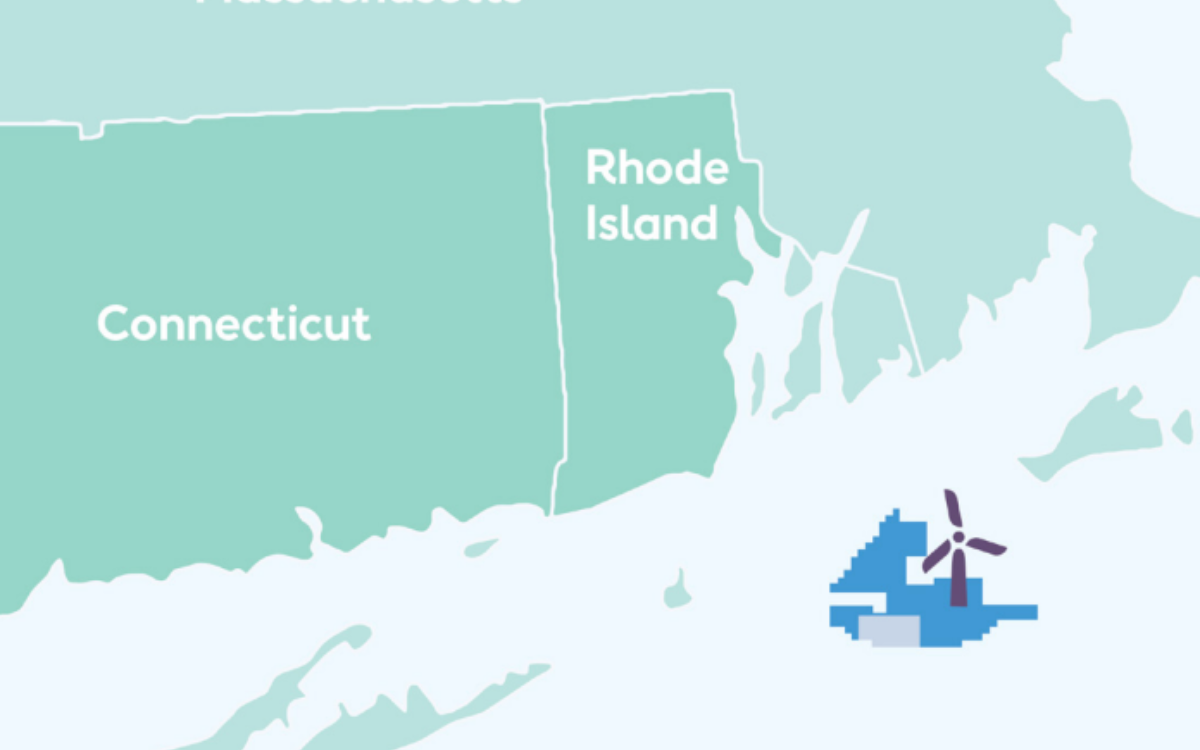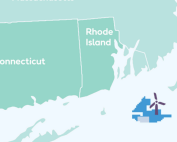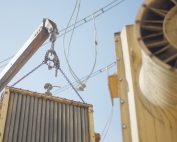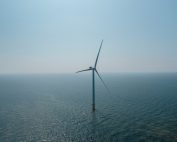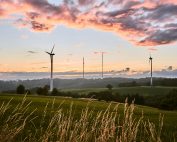The Baltic leaderships need to work more actively together at political level to jointly address the challenges of the wind energy sector and to create an exportable energy product. This was the conclusion of the wind energy conference “WindWorks. Connecting Industries”, which brought together more than 400 local and international experts and interested parties on 25 April in Riga. BalticWind.EU was the media partner of the conference.
“It is extremely important for us, the Baltic States, to plan the development of the energy sector together, because only in this way can we increase the competitiveness of the region and make the costs of building new infrastructure more efficient. Working with renewable energy is a continuous learning process, so the opportunity to discuss and find solutions together is of great benefit to the whole industry,” says Toms Nāburgs, head of the Latvian Wind Energy Association.
Policy makers in all three Baltic countries recognised that the development of the wind energy sector is an important priority. Although each of the Baltic States is in a different situation in terms of renewable energy deployment, there are common challenges that can be addressed much more effectively by working together. Estonia and Lithuania are currently strategically focusing on the development of offshore wind farms, as onshore wind development is already well underway. Latvia’s strategic priority at the moment is to get on track and start the successful implementation of onshore projects, while in parallel continuing to address ELWIND issues to move the project forward.
Transmission network capacity is a challenge across Europe, hence the conference brought together the heads of transmission system operators from the Baltic States, Germany and the Nordic countries to discuss network availability, expansion, costs, coordination of mutual plans and other related topics. This included discussions on the Baltic WindConnector, an electricity transmission interconnector between the Baltics and Germany, which is currently in the early planning phase but would be an important link in the chain for developing green energy exports to Western European countries. Experts agreed that there are a number of obstacles that limit the planning of quality grid and interconnector development, including unclear financing models.
“Electricity plays a key role today and its consumption is increasing every year. The increase in renewable energy consumption in particular is a positive sign – its development is a priority for the future of the sector. The Baltic region has great prospects to shift towards renewable energy sources, using wind and solar energy. Renewable energy projects implemented by Ignitis Renewables in Lithuania and Poland, as well as the active progress of ongoing projects to expand the renewable energy portfolio across the region serves as evidence of it. I am pleased that during the Windworks. Connecting Industries conference, experts from different sectors agreed on the future priorities for the development of renewable energies and the promotion of the region’s overall energy independence,” said Thierry Aelens, CEO of Ignitis Renewables, an international renewable energy company.
Storage solutions, including hydrogen, are an important aspect of the development of the wind energy sector and require a clear regulatory framework. Latvia is still lagging behind in promoting storage technologies in the country, and there are no government incentives for introducing battery technologies, which is the case in Lithuania, where this storage is seen a priority for the successful development of wind energy.
During the conference, Van Oord, maritime contracting company, announced a cooperation agreement with Euroports, an international port operator, and Smulders, a steel construction company, to form a consortium to create an offshore wind energy centre in the Baltic Sea at the Port of Liepaja. This will contribute to the transformation of the energy sector in the Baltic region.
Watch the conference on-line:
Stage 1:
Stage 2:
Source: Vēja enerģijas asociācija
